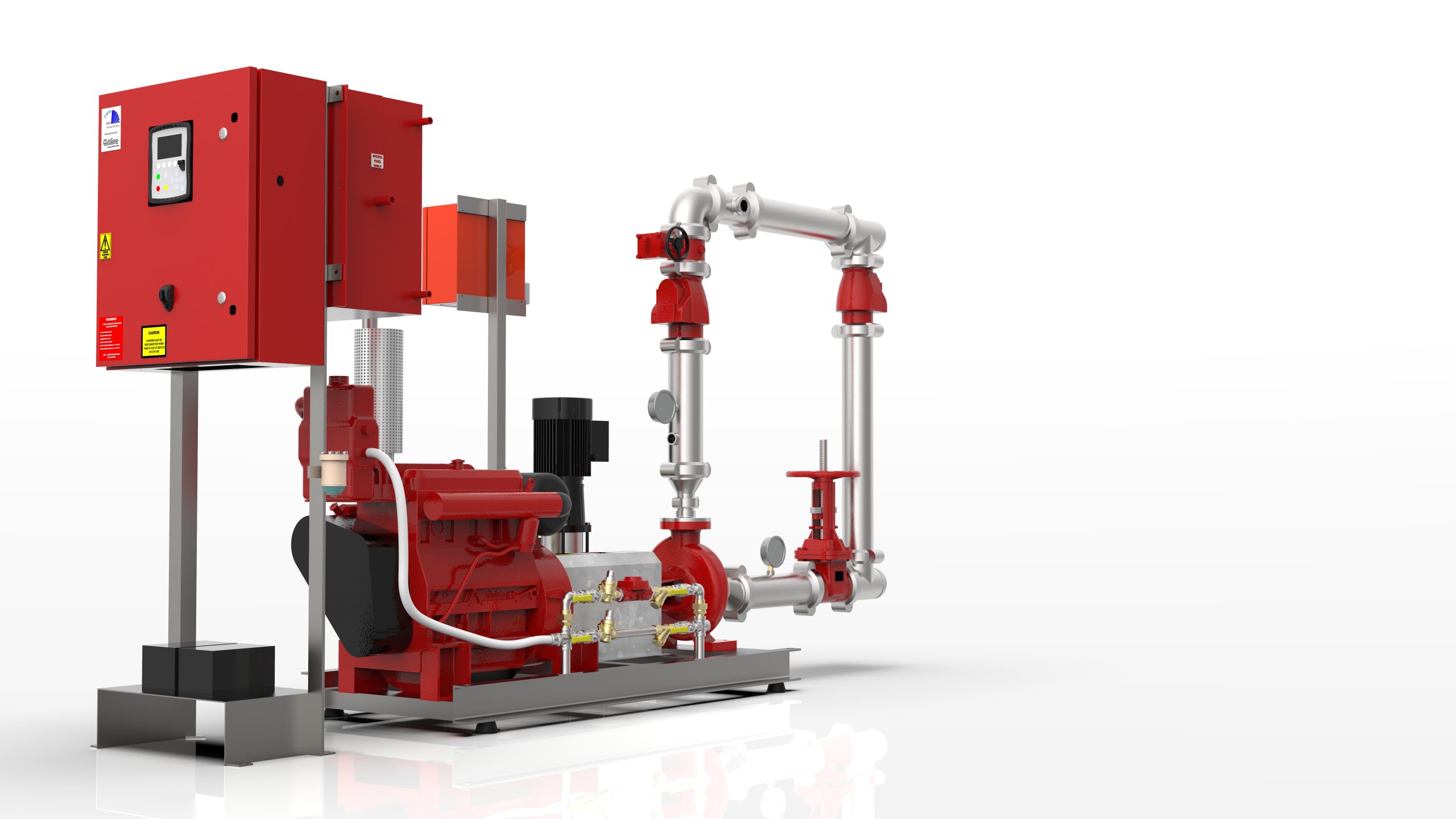In an ever-evolving world, safety and compliance are paramount considerations in construction and design. Fire-rated materials play a crucial role in enhancing the security of buildings and structures, ensuring that they meet stringent safety standards. In this blog, we delve into the realm of fire-rated manufacturing, exploring the significance of these materials and the innovative solutions offered by industry leaders.
Section 1: The Importance of Fire-Rated Materials Fire-rated materials are designed to resist the spread of flames and smoke during a fire, providing valuable time for evacuation and minimizing property damage. These materials are integral to creating structures that prioritize safety without compromising on aesthetics or functionality.
Section 2: Meeting Stringent Standards Manufacturers in the fire-rated industry adhere to rigorous standards and regulations to ensure the reliability and effectiveness of their products. From testing procedures to quality control measures, these processes guarantee that the materials meet or exceed the required safety benchmarks.
Section 3: Innovative Manufacturing Techniques Leading fire-rated manufacturers employ cutting-edge technology and innovative manufacturing techniques to produce materials that push the boundaries of fire resistance. From advanced composite materials to specialized coatings, these innovations contribute to creating robust and durable solutions for various applications.
Section 4: Applications in Diverse Industries Fire-rated materials find applications in a wide range of industries, including commercial, residential, and industrial sectors. Explore how these materials are used in constructing office buildings, residential complexes, and industrial facilities, ensuring safety across different environments.
Section 5: Sustainability in Fire-Rated Manufacturing As sustainability becomes a central focus in the manufacturing industry, fire-rated materials are also evolving to meet eco-friendly standards. Discover how manufacturers are incorporating sustainable practices and materials into their processes, contributing to both safety and environmental responsibility.


